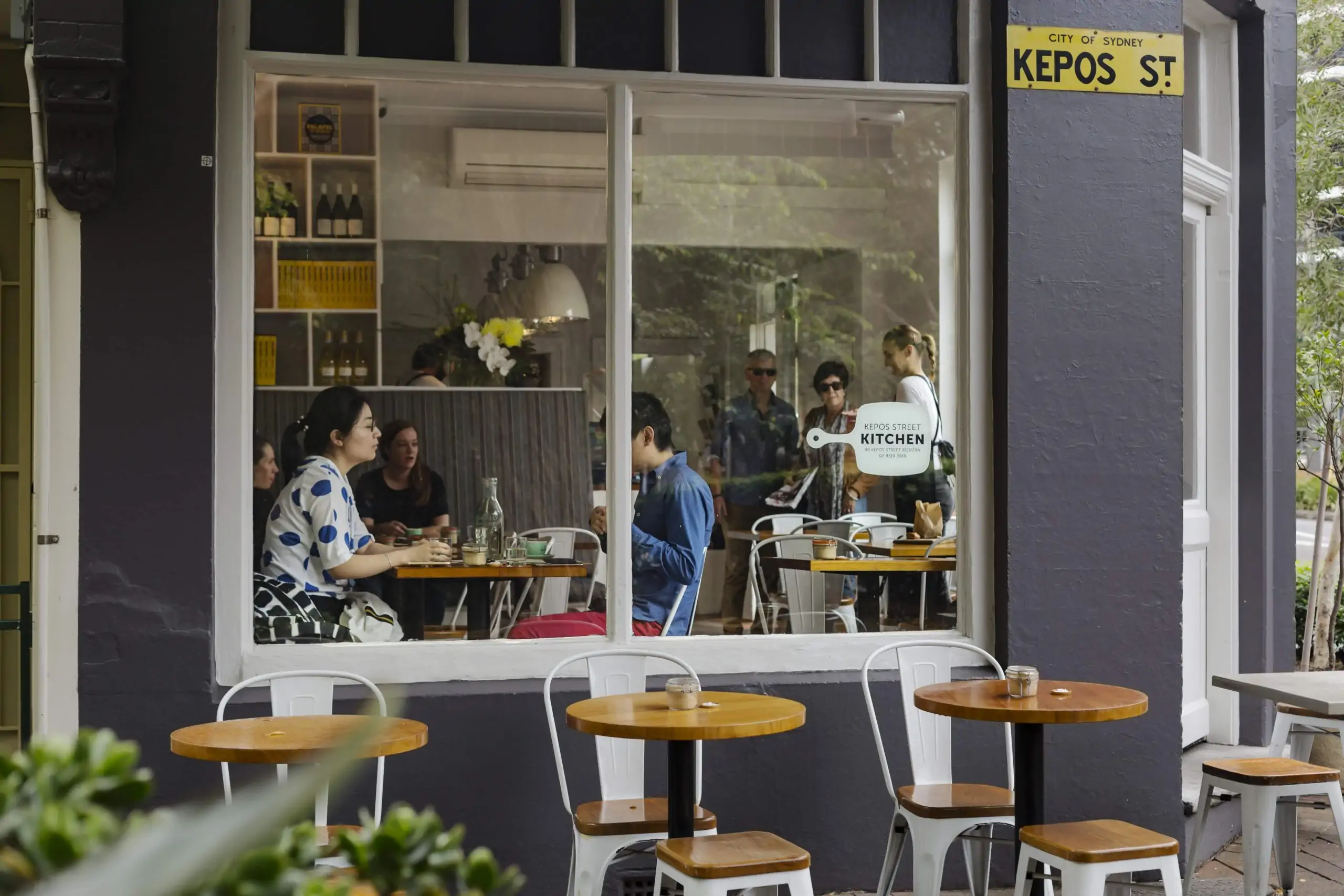OpenTable partnered with Kristen Hawley, founder of the popular Chefs + Tech newsletter, to create the How to Grow & Thrive in the Restaurant Business e-book, the ultimate guide to serving guests and growing your business at every phase of a restaurant’s lifecycle. We’re sharing excerpts from each stage, so follow along and download the whole guide here.
Early stage of restaurant opening
The earliest stage of your restaurant’s life—the period directly before its opening, the opening itself, and the first months of service—hold a lot of potential. You’ve already made large decisions about operations, systems, concept, location, decor, menu, and staff. Now comes maximising all of those elements for success.
Restaurant landscape
Before any sort of PR or marketing, fundamental business decisions shape a restaurant’s landscape and reality.
Ask yourself: what’s the role that this particular restaurant will play within the ecosystem of where you are and what you want people to experience? If you’re a neighborhood restaurant, you’re not relying on a world-famous chef to bring people in. Instead, you should focus on the needs of your particular restaurant. A neighborhood restaurant should be accessible by its neighbors several times per month. On the flip side, a restaurant in the middle of a commercial district should focus on the speed at which you can serve and the ability to have food for someone who works in an office all day. Each is different from many standpoints, from menu to operations.
Restaurant location
Sometimes, the location comes before the concept. “We were not looking at opening something at the time we found the space,” says Kristy Frawley of Kepos St. Kitchen, the restaurant she opened with her partner, Michael Rantissi. Instead, during a grocery store trip she and Michael noticed a property across the street. “We looked over and said, wouldn’t that be a great site if it ever came up for lease?” They went into the market and came out 20 minutes later to a “For Lease” sign on the building. “We couldn’t believe it, and that’s how we settled on the lease.” They decided to name the restaurant after its street, as to not “dictate what the food is.” And they settled on the term “kitchen” because, as Kristy says, “We wanted to say to the neighbours, this is our kitchen and this can be your home-away-from-home kitchen.”




